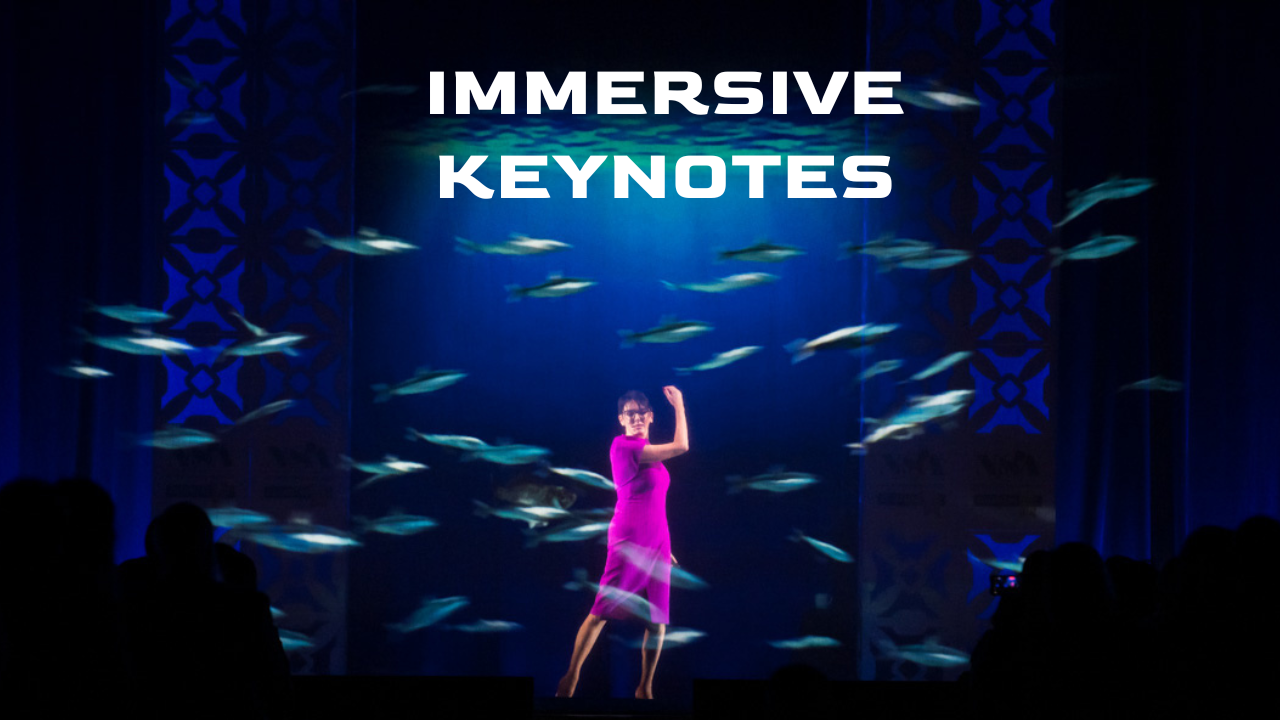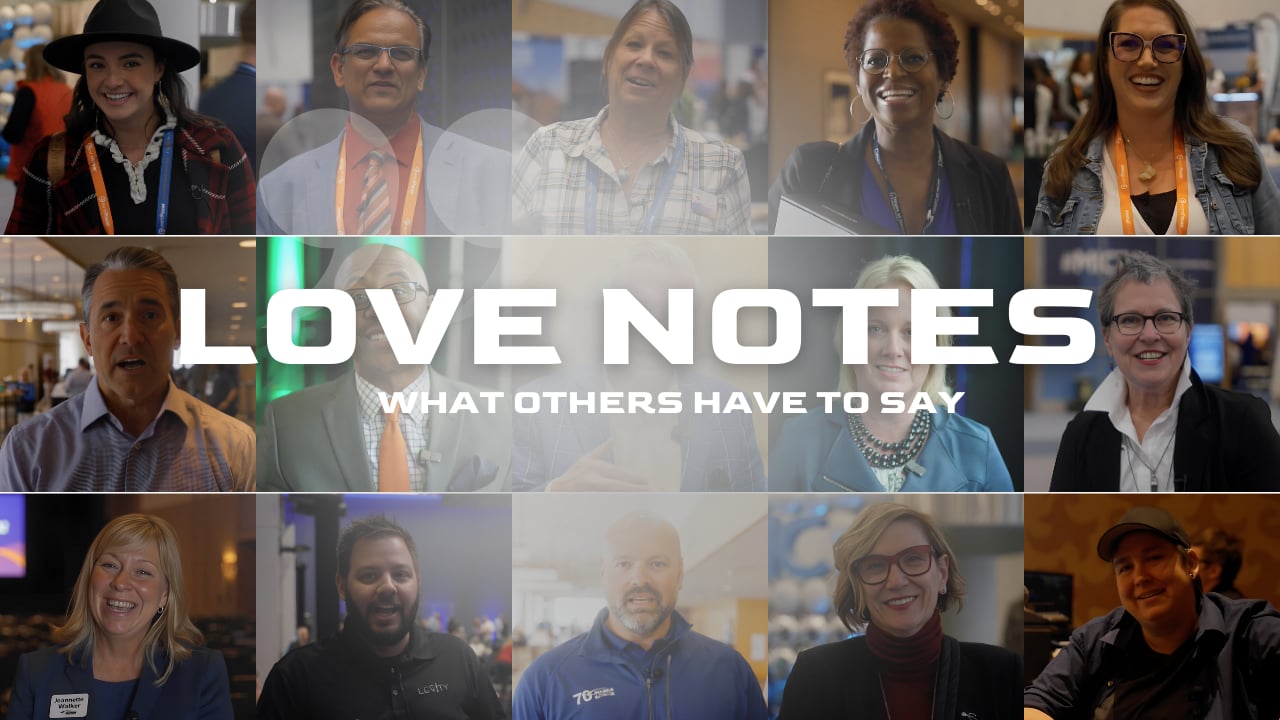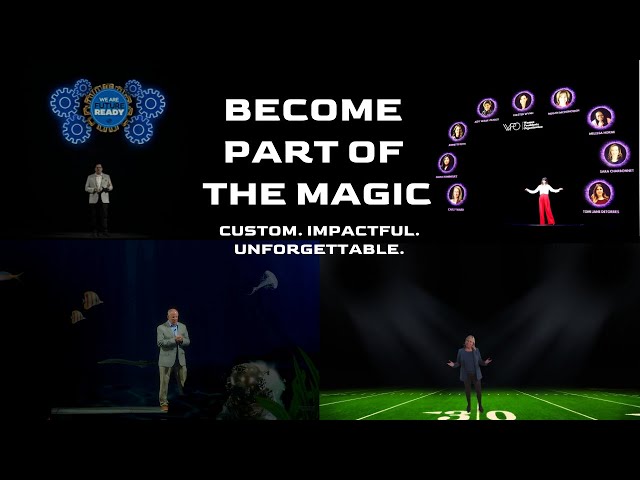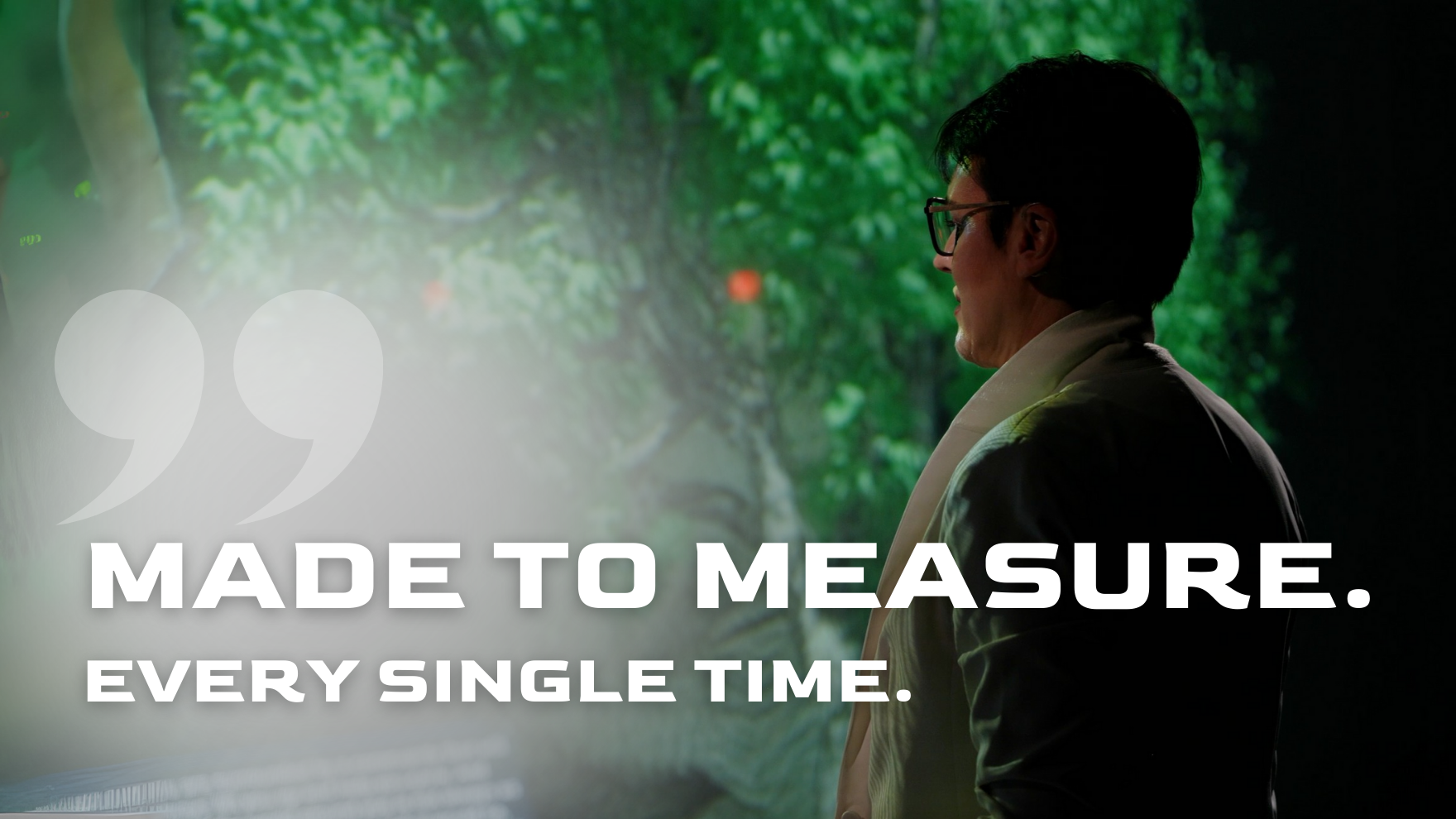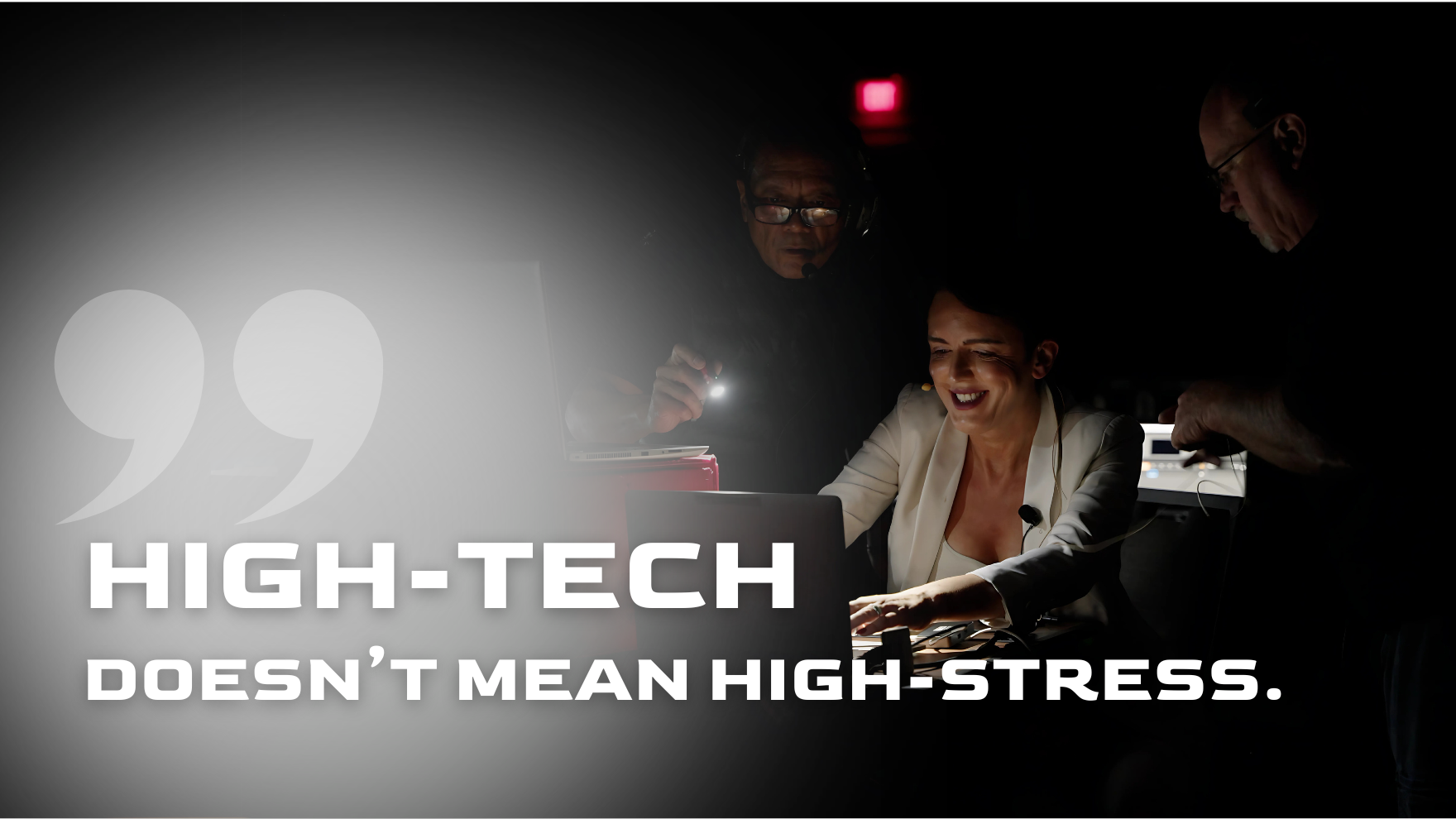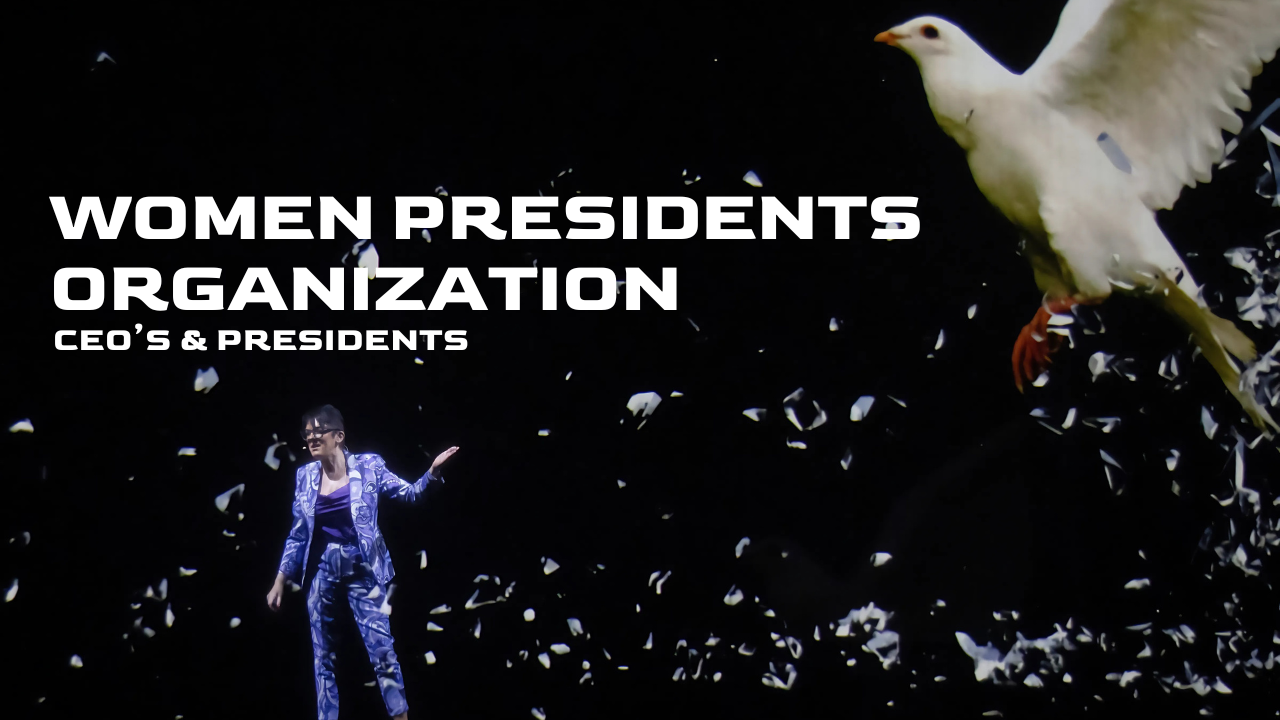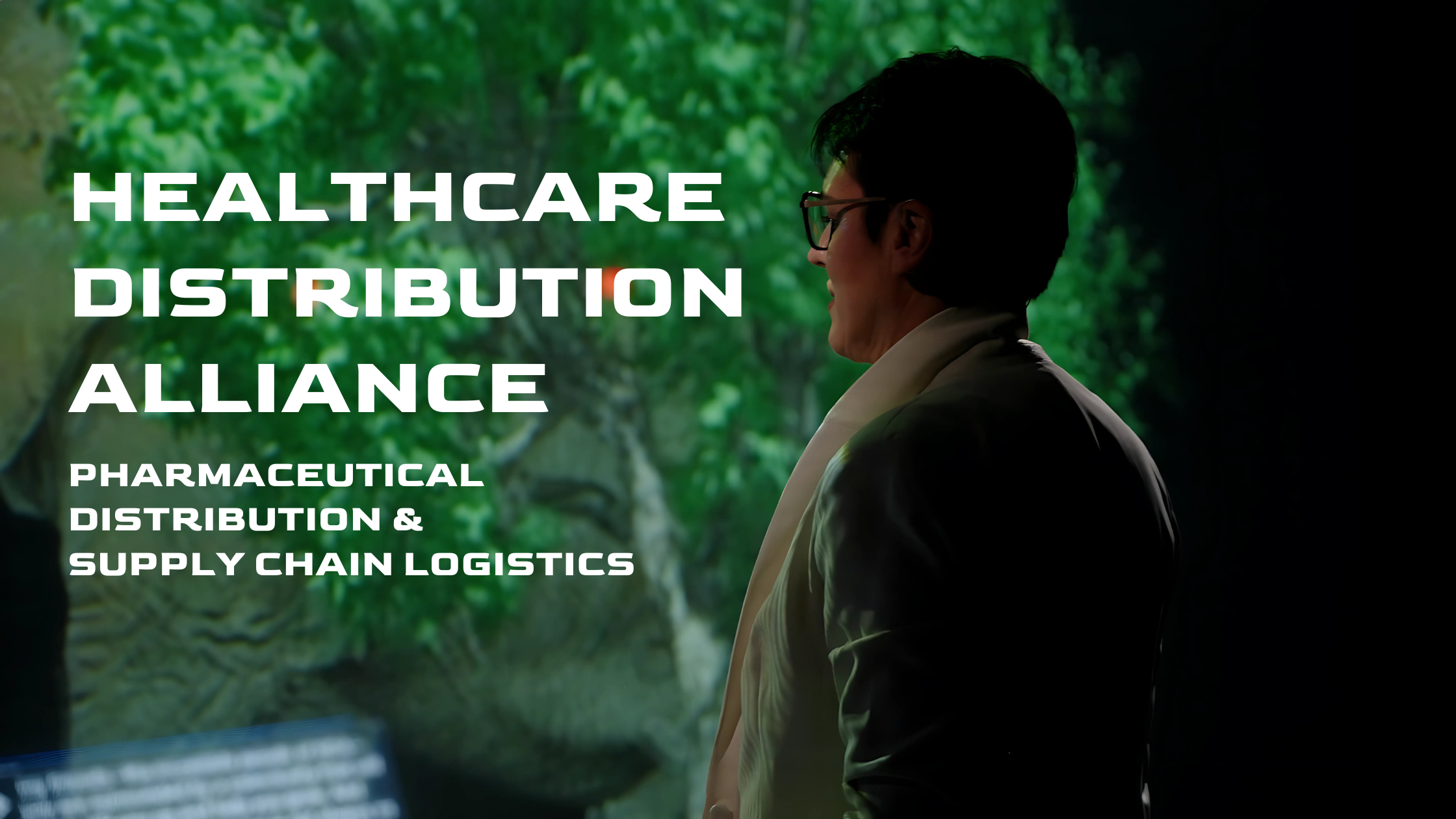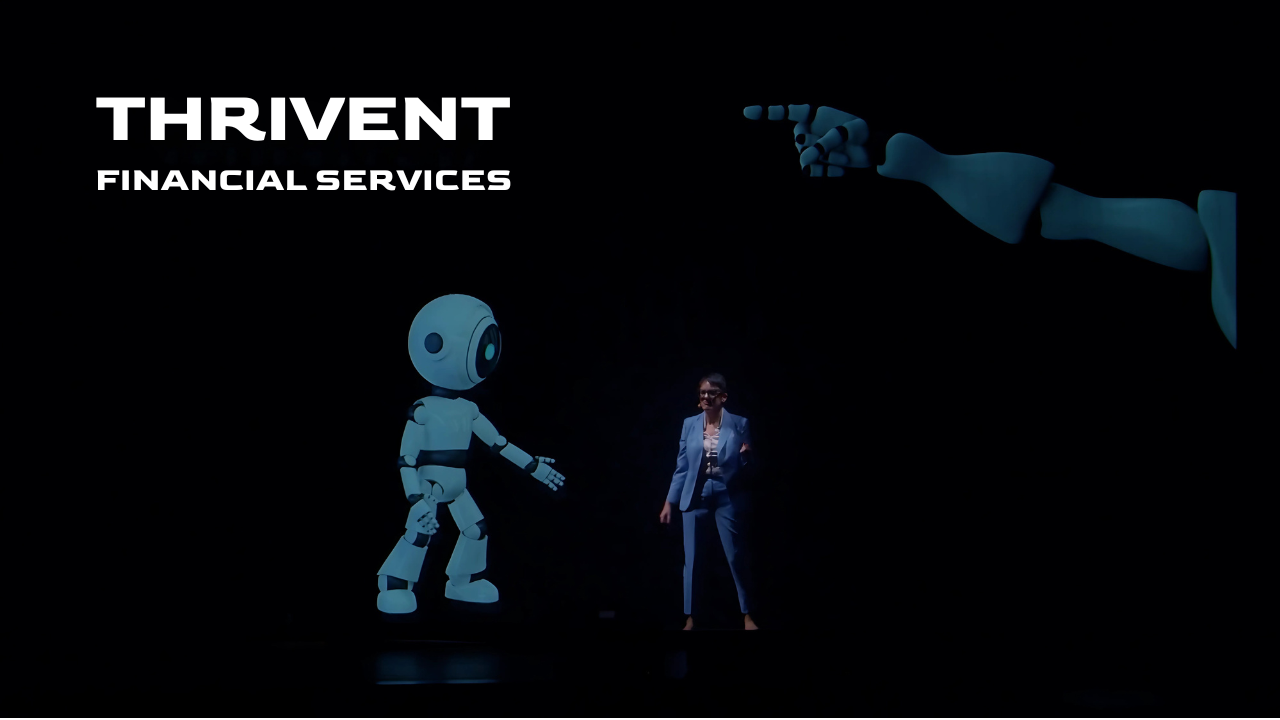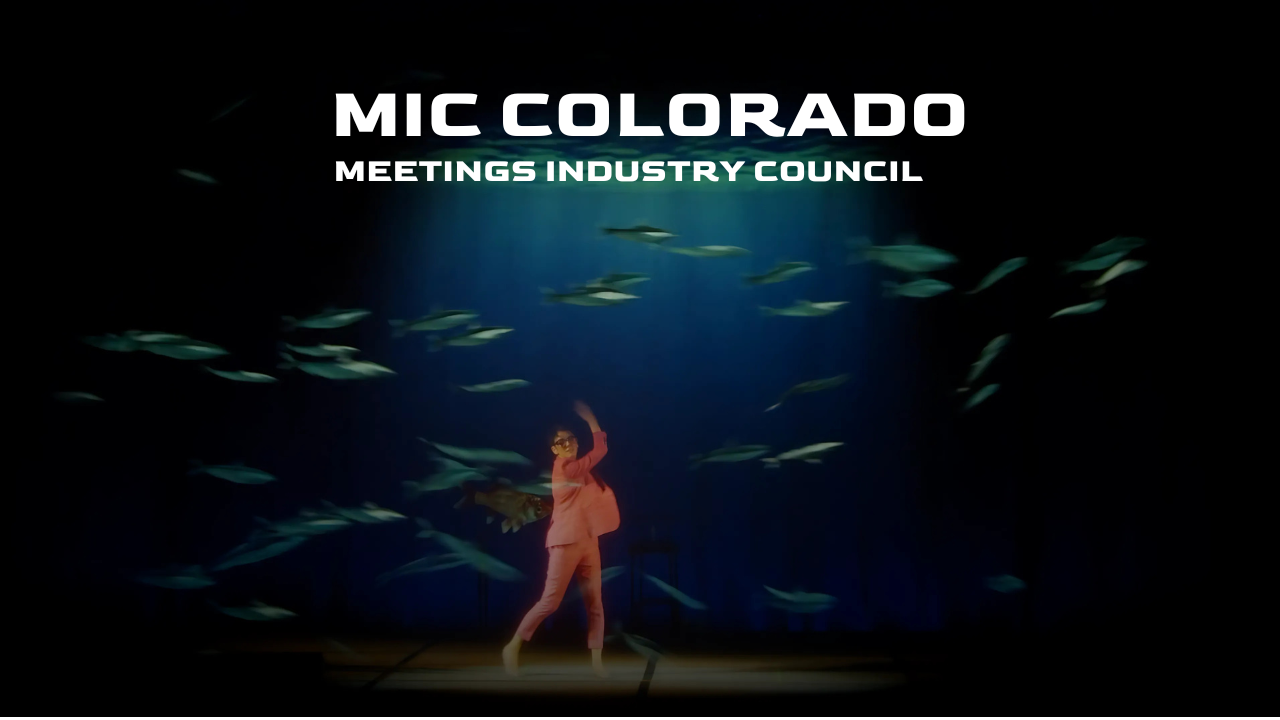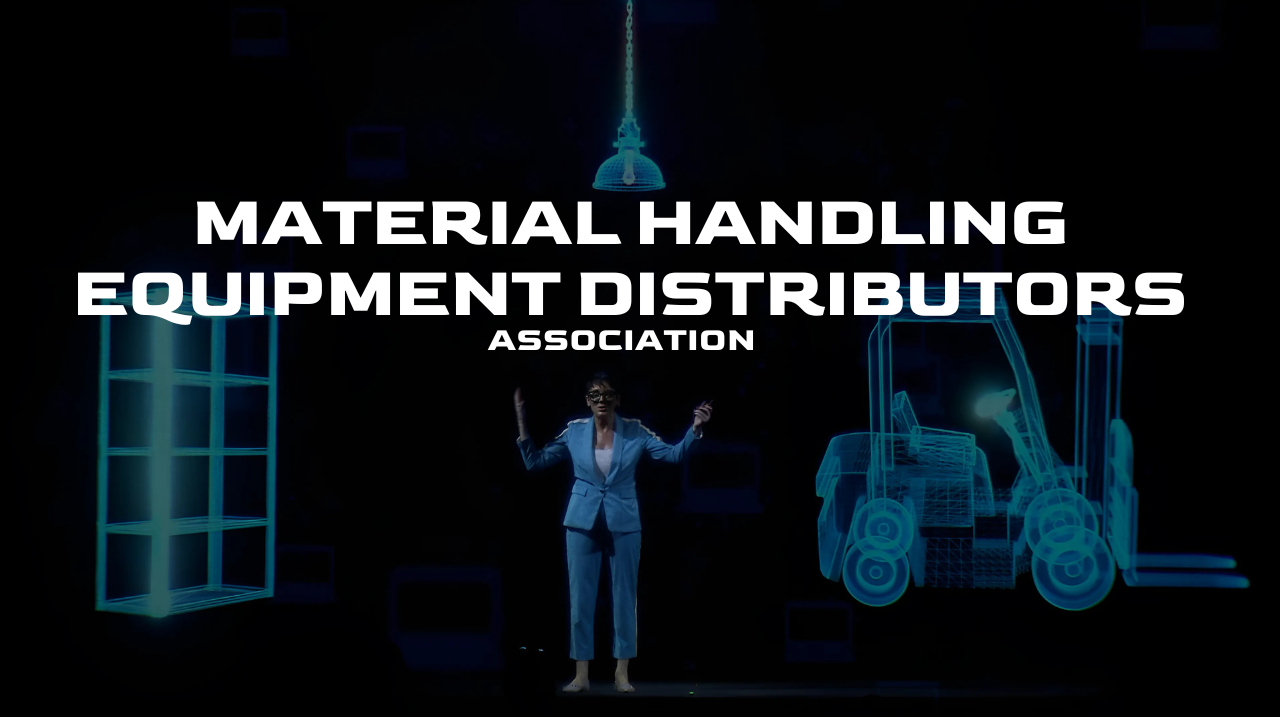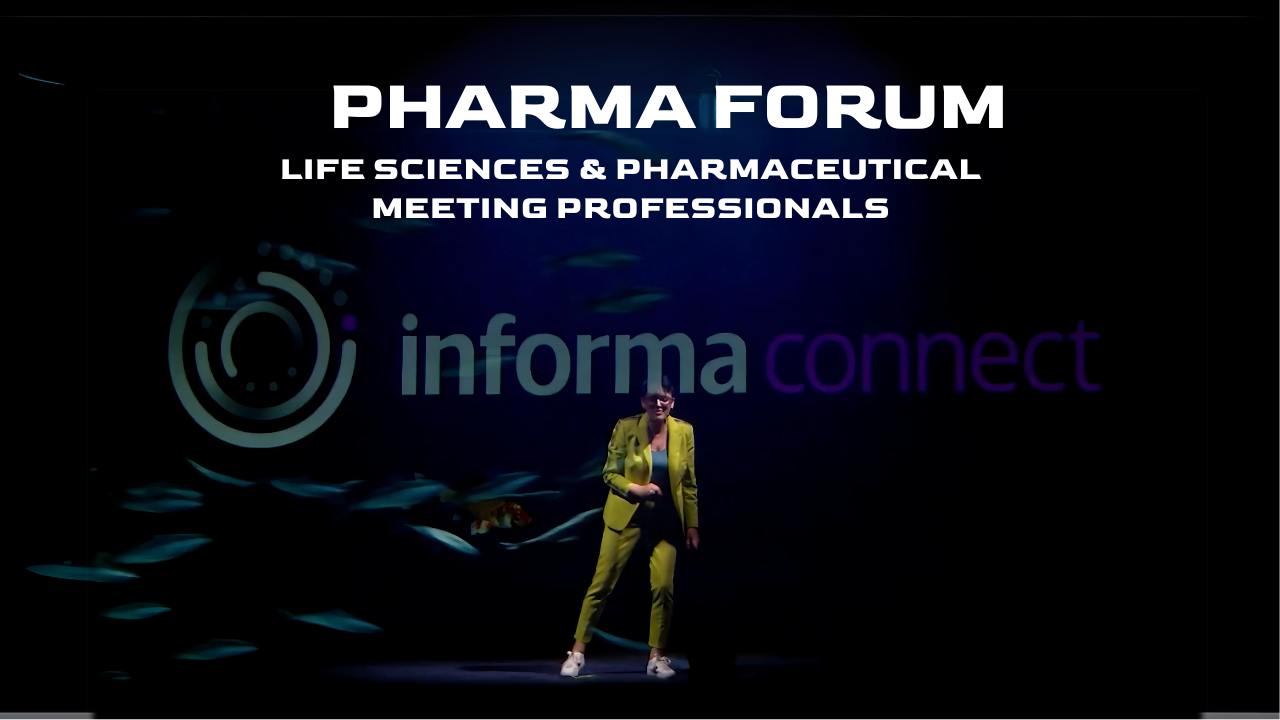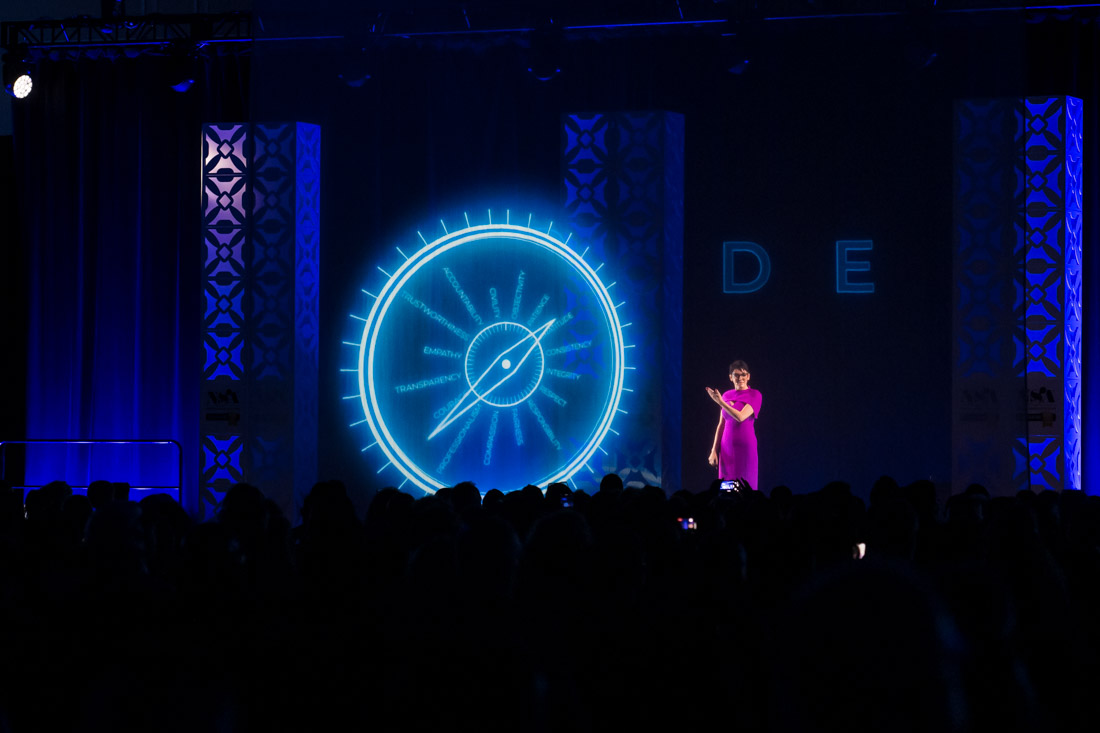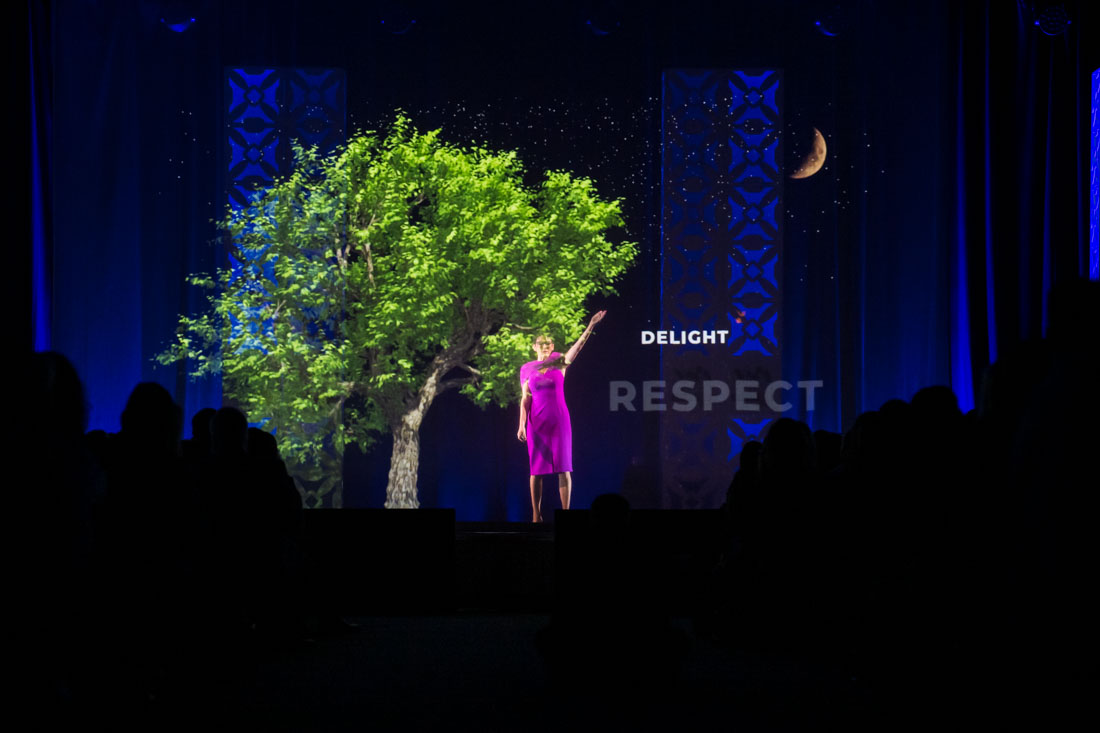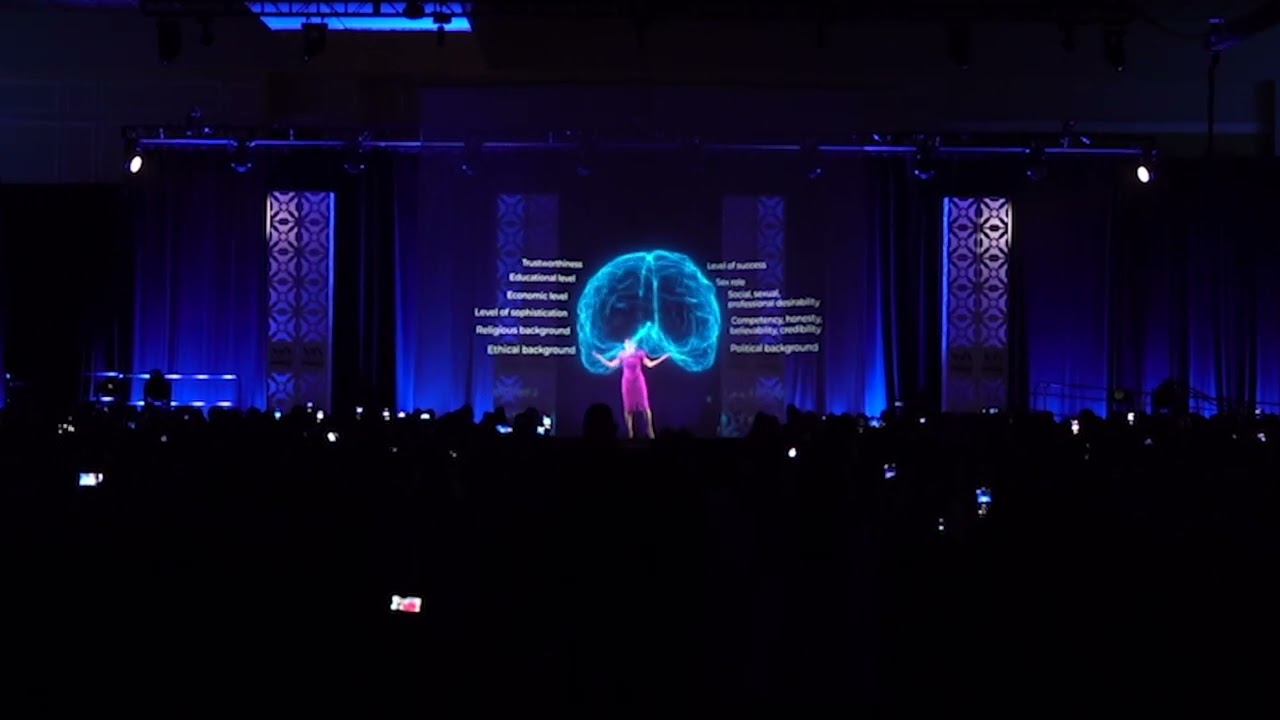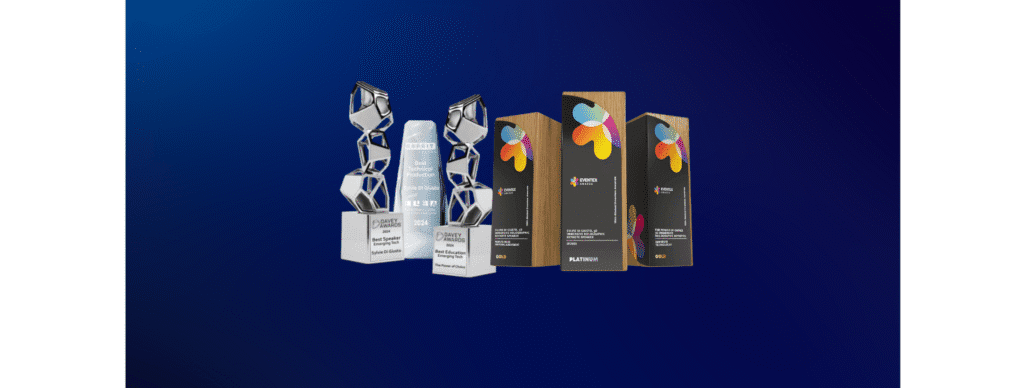What Is Immersive Technology? The Term Everyone's Using and Few Truly Understand
“Immersive technology” has officially entered buzzword territory. It pops up in event brochures, vendor decks, production pitches, and speaker bios like confetti—sparkly and exciting, but sometimes a little… empty.
So what is immersive technology, really? What makes it immersive? What makes it technology? And more importantly—why does it matter so much to people planning events, designing keynotes, and trying to create moments that audiences don’t just watch, but feel?
Let’s pull back the curtain and get honest about what immersive technology is—and what it isn’t.
Key Takeaways
- Immersive technology isn’t defined by equipment—it’s defined by experience.
- It’s about designing an environment where audiences feel inside the message.
- It blends physical presence with digital storytelling to heighten engagement.
- Immersive technology is only as good as the story it’s helping to tell.
- You don’t need a stadium-sized budget to make it work—you need strategy.
- In the right hands, immersive tech elevates insight into impact.
- Done right, it creates memory, not just spectacle.
Immersive Technology Is Less About the Tech—and More About the Feeling
Let’s start here: immersive technology isn’t defined by the hardware. It’s not a projector, a screen, a headset, a hologram, or a lighting rig. Immersive technology is defined by how the audience feels inside the experience.
It’s what happens when an environment surrounds people in a way that heightens focus, activates emotion, and makes learning stick. It’s sensory. Spatial. Intentional. It makes the edges of the room disappear and pulls the audience closer to the core message. Sometimes that happens with high-end tech. Sometimes it happens with a brilliant moment of silence and the right visual at the right second.
Immersive technology is the tool. Immersion is the result.
But here’s where it gets more interesting: immersion is highly personal. One audience might be pulled in by cinematic visuals; another might be captivated by emotionally charged storytelling or interactive elements that make them feel seen. What makes a moment immersive depends on who’s in the room and what they bring with them—curiosity, resistance, fatigue, hope. As speakers, we have the responsibility to design for those realities, not just the ones we rehearsed.
Immersion, at its best, is an emotional bridge. It moves people from passively consuming to actively experiencing. It turns a room full of strangers into a shared moment of clarity. And that has very little to do with how expensive your equipment is—and everything to do with how intentionally you use it.
If the audience remembers the gadget but not the message, you used it wrong.
It's a Storytelling Strategy, Not a Production Trend
The biggest misconception? That immersive technology is a production upgrade. It’s not. It’s a narrative choice. It’s about asking: what story am I trying to tell, and how can I make that story impossible to forget?
The best immersive experiences are designed from the story outward. They start with the emotion you want the audience to feel—and then choose the technology that enhances it. They’re not about impressing the audience with flashy visuals. They’re about making meaning tangible.
When I deliver a keynote using immersive technology, I choreograph every visual to reinforce the story. The visuals don’t distract—they deepen. They don’t replace the message—they reflect it. From transitions that mimic a shift in mindset, to visual metaphors that anchor a lesson, every detail is part of the larger arc.
Immersive technology, when used well, becomes a co-narrator. It allows abstract concepts to become physical, complex data to feel human, and emotional beats to land more fully. So if you’re wondering what immersive technology is, think less about what you’ll see. Think more about what you want your audience to experience.
Technology is the canvas—not the painting.
Audiences Don’t Want More Content. They Want More Connection.
The reason immersive technology has gained traction so quickly? Audience behavior has changed.
People are overwhelmed by input. Content is everywhere. Screens are always on. But attention? That’s a scarce and precious resource. What audiences crave now is not more content. It’s deeper connection.
Immersive technology makes that possible. It transforms a passive experience into an active one. It reclaims attention not by being louder, but by being more intentional. It invites the audience to be part of something—to co-experience, not just consume.
Today’s audiences are incredibly savvy. They know when they’re being sold to, talked at, or recycled through last year’s presentation. What they respond to is specificity. Realness. Relevance. Immersive technology enables us to meet them there—by layering message, environment, emotion, and interaction into one cohesive moment.
It’s not about tricking people into paying attention. It’s about earning it through resonance. When done well, it helps people feel like the message wasn’t just delivered to them—it was built around them. That’s what makes immersive technology not just exciting—but essential.
We’re drowning in content—but starving for context.
You Don’t Need Fancy Tech. You Need Thoughtful Design.
Let me say this louder for the people in the back: you do not need a million-dollar setup to use immersive technology effectively.
Some of the most powerful immersive moments I’ve created happened in spaces with no LED walls, no motion graphics, and no headset in sight. What they did have was a speaker and a team who understood timing, lighting, narrative flow, and emotional arc.
Because ultimately, immersive technology is about intention. It’s not about stuffing the room with gear. It’s about elevating the experience with meaning.
And here’s the often-overlooked truth: the simpler the setup, the more visible the strategy. When you don’t have an elaborate production to hide behind, every decision must be deliberate.
What audiences remember isn’t the equipment list. It’s the way the room felt. It’s the unexpected silence. The image that matched the message perfectly. The clarity that emerged because someone cared enough to design for it.
So yes, immersive technology can be grand. But the real magic? That comes from being grounded.
Immersion isn’t about how much you can add—it’s about what you dare to subtract.
How I Use Immersive Technology Without Letting It Steal the Spotlight
My 3D immersive keynote experience is exactly what it sounds like—visually and emotionally immersive. Using advanced projection technology and cinematic visual design, I step into a fully digital environment with the audience where every image, animation, and transition is choreographed around the message I’m delivering. It’s not a slideshow. It’s not a background. It’s a living, moving layer of context that surrounds the keynote and pulls the audience inside the narrative.
But make no mistake: while there is impressive technology involved, it never takes center stage. It’s there to enable immersion, not to distract from it. If the audience walks away only remembering the tech, I haven’t done my job.
I use immersive technology to support the story. To underscore key insights. To reflect—not replace—the human experience I’m describing on stage. The 3D visuals allow me to step inside a metaphor, to shift the environment in sync with the emotional rhythm of the message, and to bring the audience with me—not just in concept, but in feeling.
The real immersion doesn’t happen on the stage or screen. It happens when someone in the rows leans forward because they feel like they’re inside the decision. When someone says afterward, “It felt like you were speaking directly to me.” That’s not about lasers or pixels. That’s about presence. I don’t use immersive technology to impress people. I use it to invite them in.
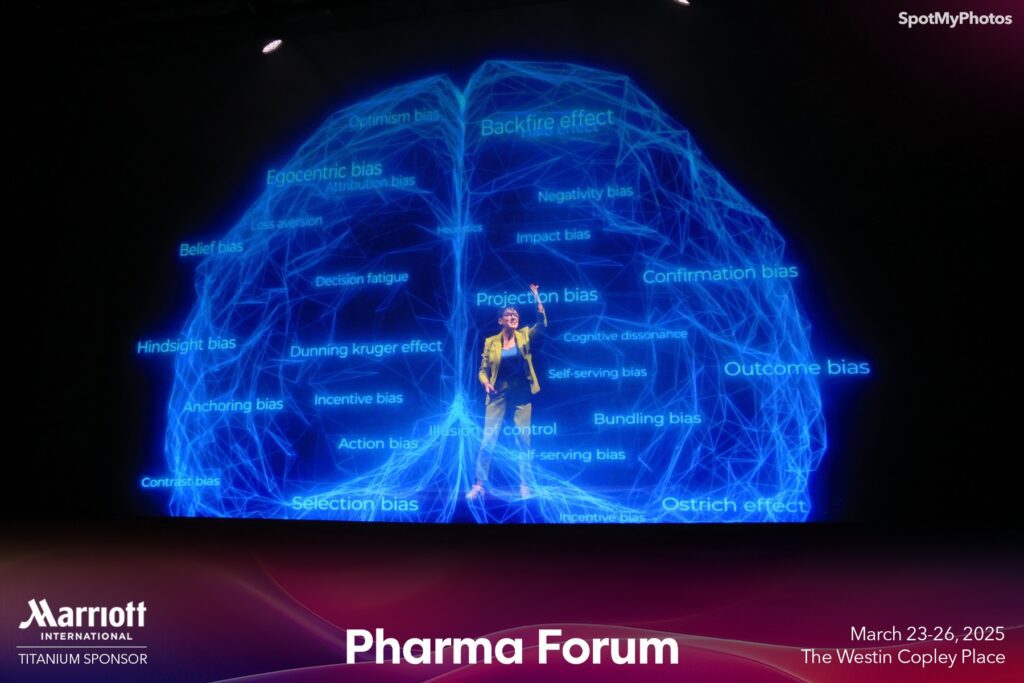
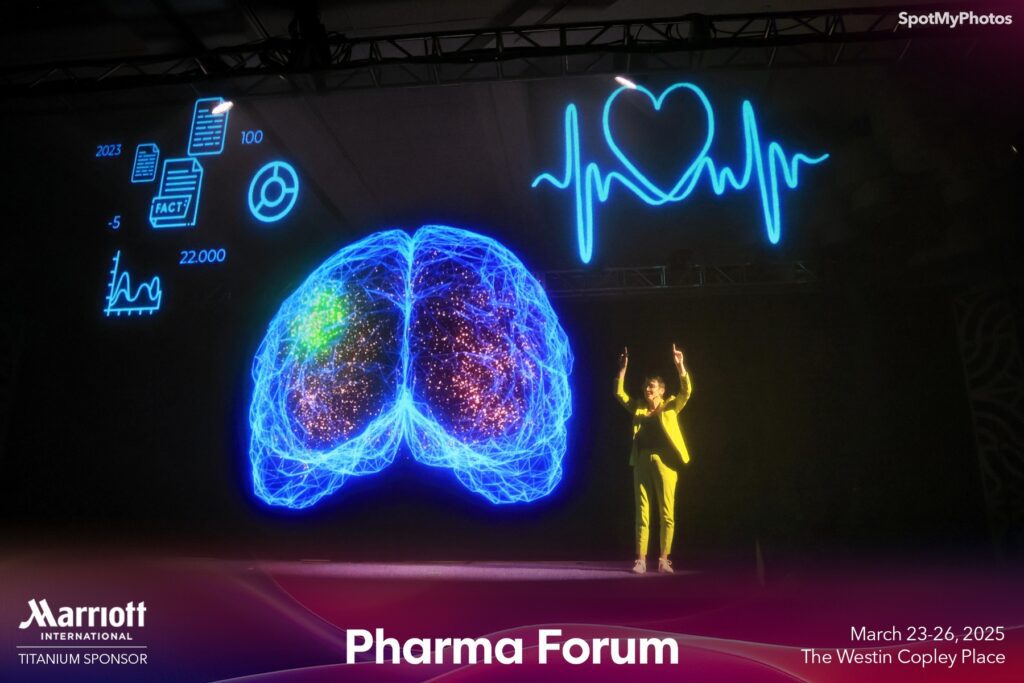
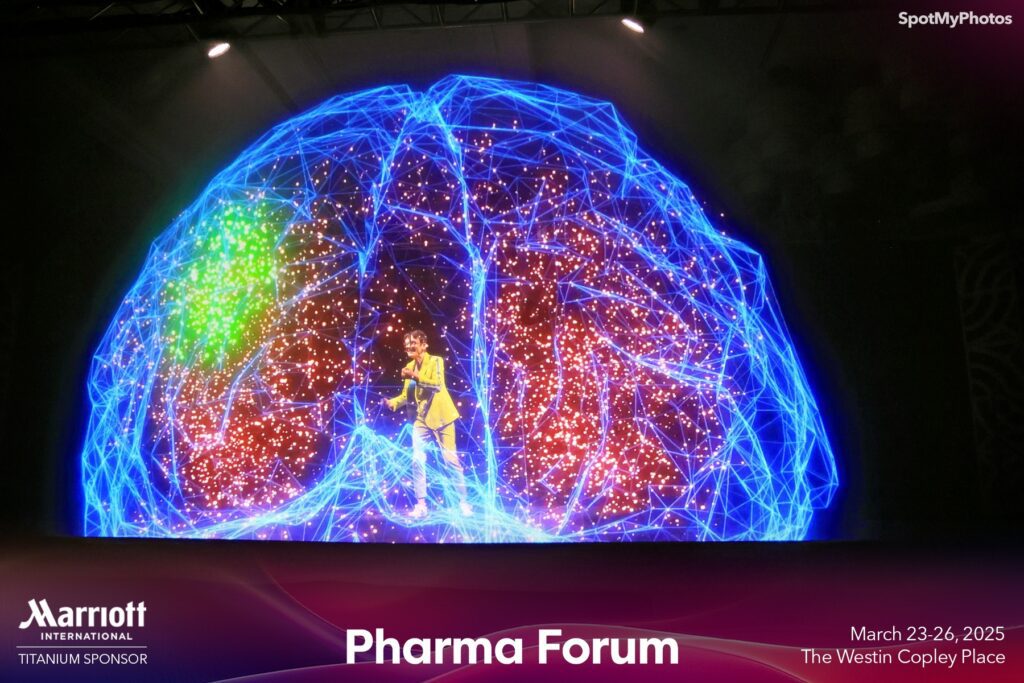
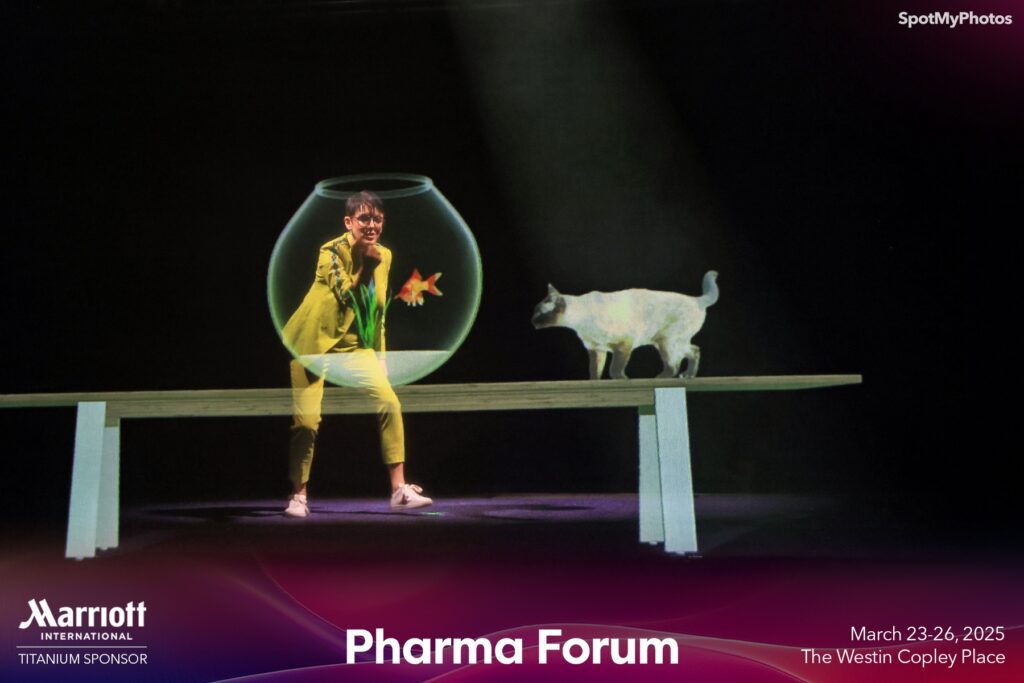
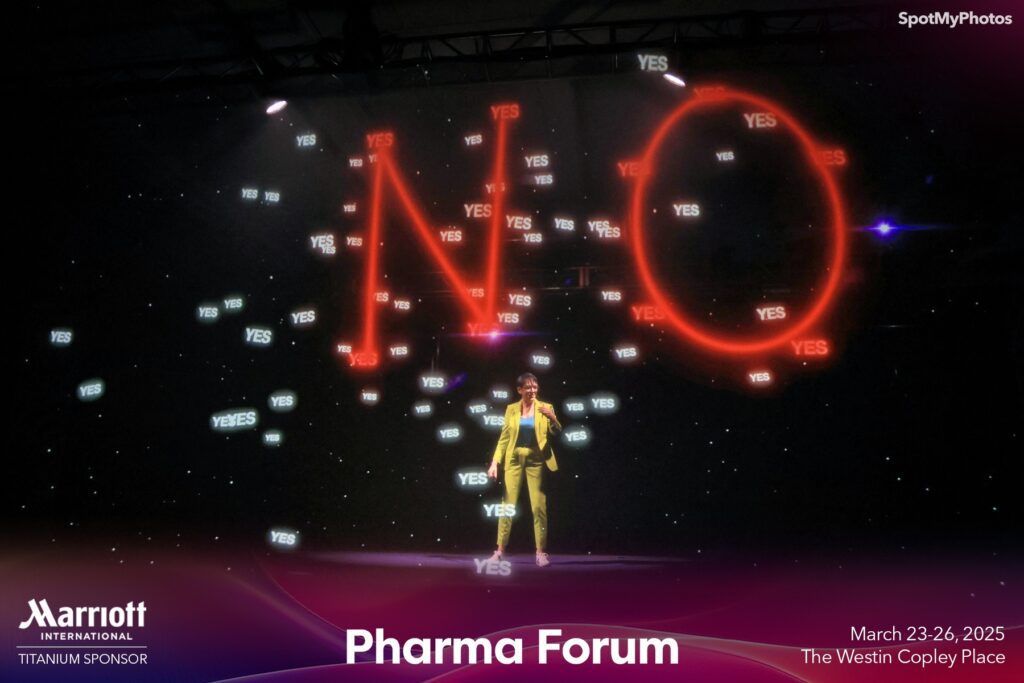
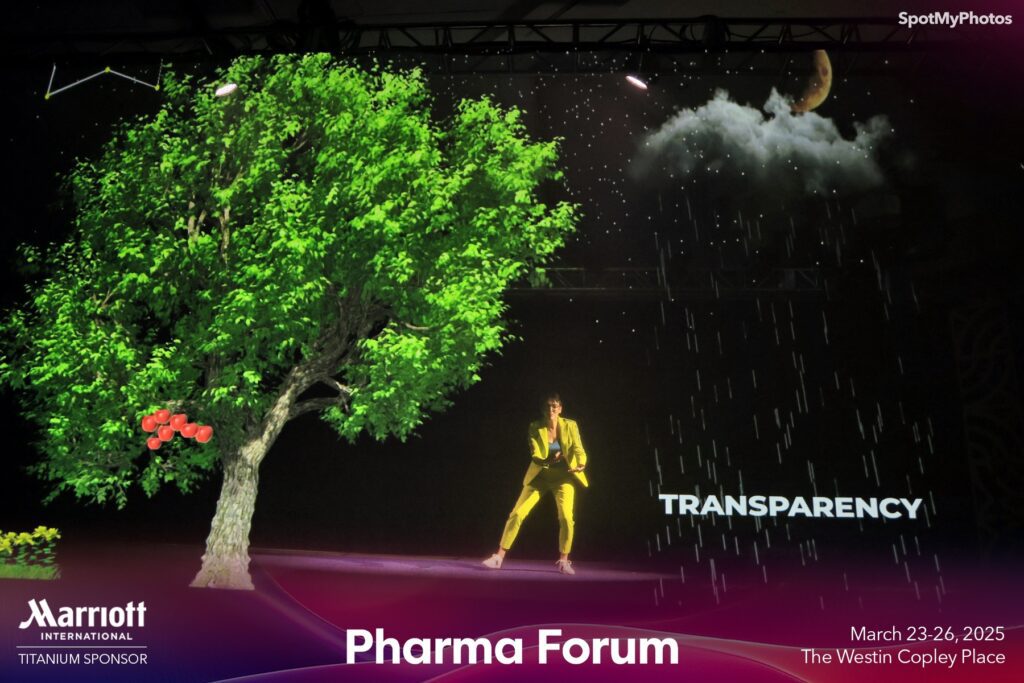
Immersion is the art of making people feel like they belong inside your message.
Immersive Technology Is an Invitation
So—what is immersive technology? It’s a mindset. A design philosophy. A creative toolset that lets you move your audience from passive listeners to active participants. It’s the difference between hearing a message and experiencing one. And when done right, it doesn’t just make your content more memorable. It makes your audience feel something they haven’t felt in a while: Present. Connected. Moved.
Don’t just show your audience something. Let them step into it.
When it’s designed well, they won’t say “What a keynote.” They’ll say “That was for me.”
FREQUENTLY ASKED QUESTIONS
How do I know if immersive technology is right for my audience?
Ask yourself: are they craving connection, clarity, or transformation? If so, immersive technology may be the perfect tool. It’s especially useful when the message is complex, abstract, or emotionally rich—because it turns those ideas into shared experiences. If your audience values engagement over information overload, immersive technology is not only appropriate—it’s necessary.
Is immersive technology just a passing trend?
Like any tool, immersive technology can trend—but its underlying value is here to stay. As long as audiences crave emotional connection, meaningful design, and personalized engagement, the principles of immersive experience will remain relevant. It’s not about the tech itself—it’s about what it enables. And what it enables is more human, resonant communication.
What should I look for in a speaker who uses immersive technology?
Look beyond the visuals. Ask how they use immersive technology to reinforce their message. Can they articulate how the tech supports the audience journey? Do they tailor their content, choreography, and visuals to each event? A great speaker doesn’t just know how to use immersive technology—they know why they’re using it. And they know how to make sure it never overshadows the experience—it elevates it.
WANT TO BRING IMMERSIVE TECHNOLOGY TO your NEXT EVENT?
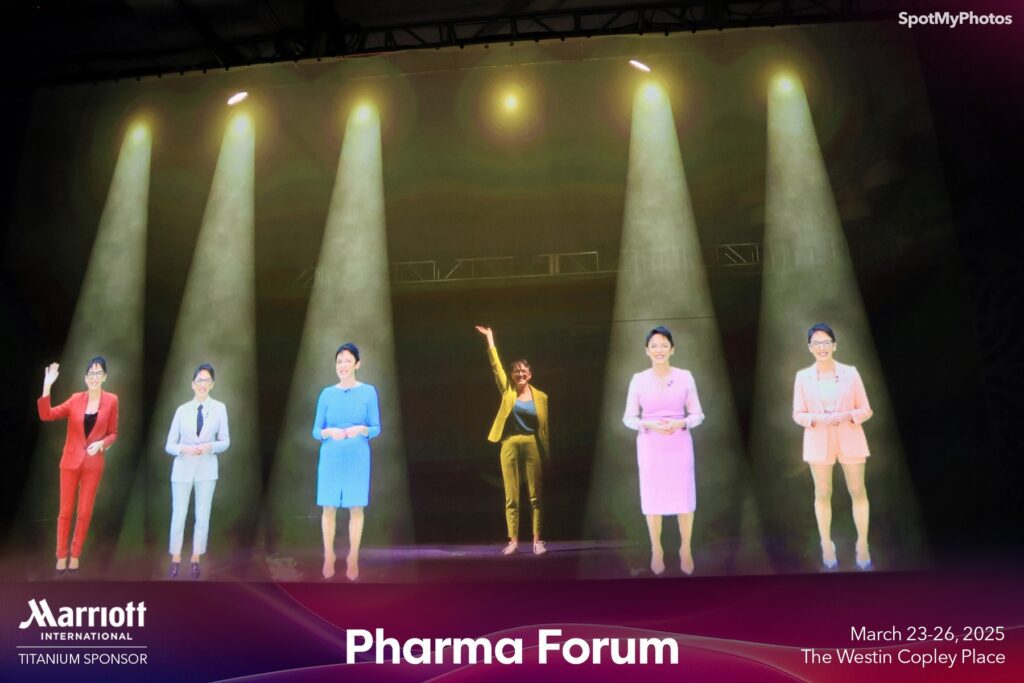
For inquiries, reach out via the contact form, email [email protected], or call +1-403-398-8488.
As the first speaker in the world to deliver fully choreographed keynotes using 3D immersive technology, Sylvie redefines audience engagement by merging message, movement, and emotion into one cohesive, high-impact experience.
Her experienced team at cmi ensures every detail—from production logistics to content alignment—is thoughtfully managed. Together, they help event planners bring immersive technology to life in a way that feels seamless, intentional, and deeply human.
If your audience is ready to feel the future instead of just hearing about it, this is where it begins.
